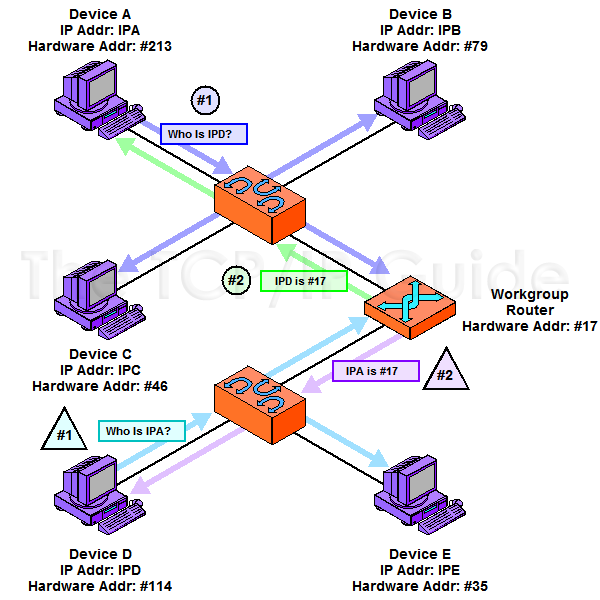 |
|
Please Whitelist This Site?
I know everyone hates ads. But please understand that I am providing premium content for free that takes hundreds of hours of time to research and write. I don't want to go to a pay-only model like some sites, but when more and more people block ads, I end up working for free. And I have a family to support, just like you. :)
If you like The TCP/IP Guide, please consider the download version. It's priced very economically and you can read all of it in a convenient format without ads.
If you want to use this site for free, I'd be grateful if you could add the site to the whitelist for Adblock. To do so, just open the Adblock menu and select "Disable on tcpipguide.com". Or go to the Tools menu and select "Adblock Plus Preferences...". Then click "Add Filter..." at the bottom, and add this string: "@@||tcpipguide.com^$document". Then just click OK.
Thanks for your understanding!
Sincerely, Charles Kozierok
Author and Publisher, The TCP/IP Guide
|
|
|

Custom Search
|
|
Proxy ARP
(Page 2 of 2)
Proxy ARP Operation
The solution to this situation is called ARP proxying or Proxy ARP. In this technique, the router that sits between the local networks is configured to respond to device A's broadcast on behalf of device B. It does not send back to A the hardware address of device B; since they are not on the same network, A cannot send directly to B anyway. Instead, the router sends A its own hardware address. A then sends to the router, which forwards the message to B on the other network. Of course, the router also does the same thing on A's behalf for B, and for every other device on both networks, when a broadcast is sent that targets a device not on the same actual physical network as the resolution initiator. This is illustrated in Figure 50.
|
Proxy ARP provides flexibility for networks where hosts are not all actually on the same physical network but are configured as if they were at the network layer. It can be used to provide support in other special situations where a device cannot respond directly to ARP message broadcasts. It may be used when a firewall is configured for security purposes. A type of proxying is also used as part of the Mobile IP protocol, to solve the problem of address resolution when a mobile device travels away from its home network.
|
The main advantage of proxying is that it is transparent to the hosts on the different physical network segments. The technique has some drawbacks though. First, it introduces added complexity. Second, if more than one router connects two physical networks using the same network ID, problems may arise. Third, it introduces potential security risks; since it essentially means that a router “impersonates” devices in acting as a proxy for them, raising the potential for a device to spoof another. For these reasons, it may be better to redesign the network so routing is done between physical networks separated by a router, if possible.

|
| |||||||||||||||||||
Home - Table Of Contents - Contact Us
The TCP/IP Guide (http://www.TCPIPGuide.com)
Version 3.0 - Version Date: September 20, 2005
© Copyright 2001-2005 Charles M. Kozierok. All Rights Reserved.
Not responsible for any loss resulting from the use of this site.








 Key Concept: Since ARP relies on broadcasts for address resolution, and broadcasts are not propagated beyond a physical network, ARP cannot function between devices on different physical networks. When such operation is required, a device, such as a router, can be configured as an ARP proxy to respond to ARP requests on the behalf of a device on a different network.
Key Concept: Since ARP relies on broadcasts for address resolution, and broadcasts are not propagated beyond a physical network, ARP cannot function between devices on different physical networks. When such operation is required, a device, such as a router, can be configured as an ARP proxy to respond to ARP requests on the behalf of a device on a different network.